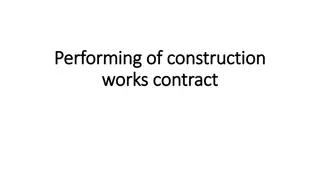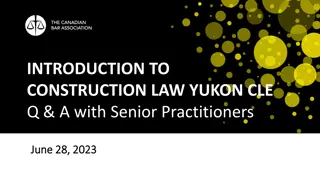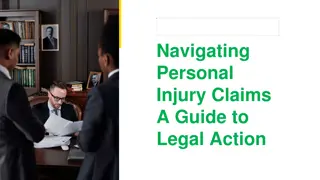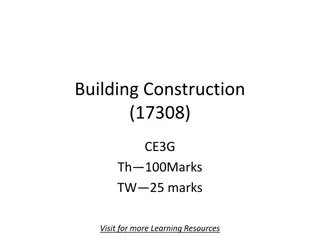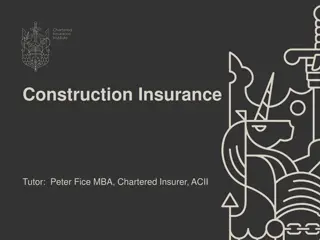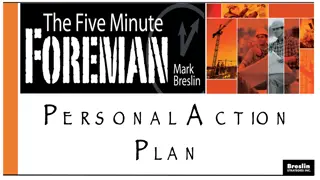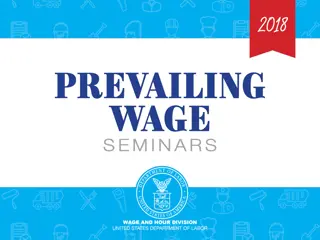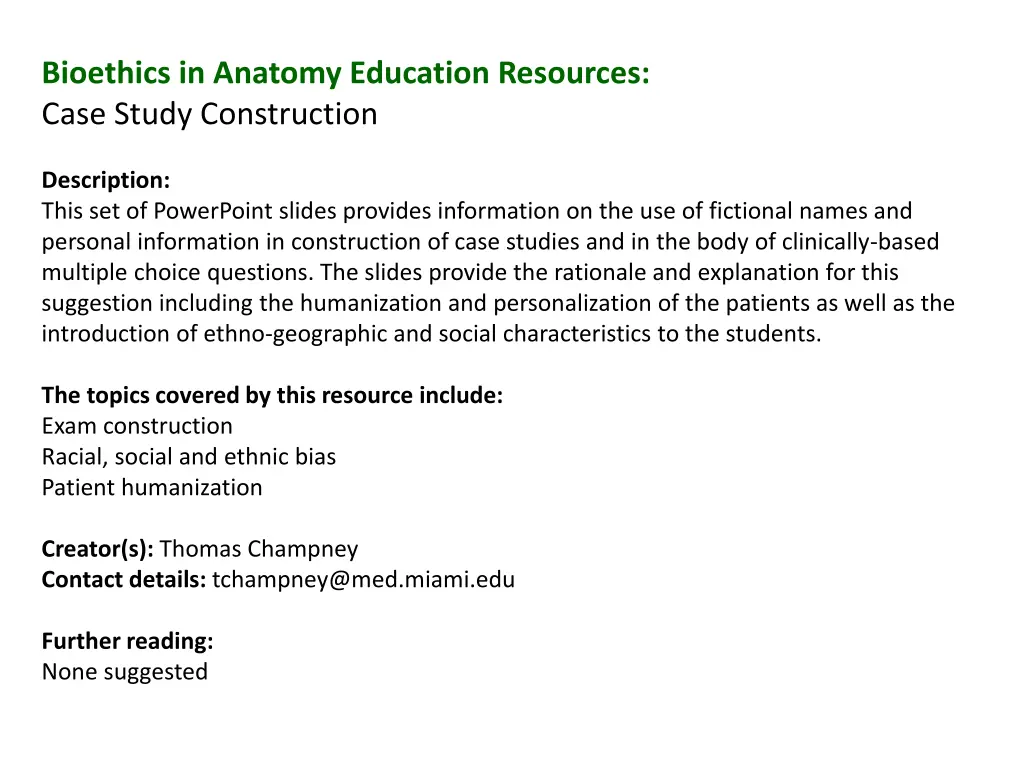
Construction of Case Studies in Anatomy Education
Explore the importance of using fictional names and personal details in case studies to humanize patient scenarios for anatomy education. This resource provides insights on diversifying patient profiles and enhancing student engagement through realistic and relatable clinical scenarios.
Download Presentation

Please find below an Image/Link to download the presentation.
The content on the website is provided AS IS for your information and personal use only. It may not be sold, licensed, or shared on other websites without obtaining consent from the author. If you encounter any issues during the download, it is possible that the publisher has removed the file from their server.
You are allowed to download the files provided on this website for personal or commercial use, subject to the condition that they are used lawfully. All files are the property of their respective owners.
The content on the website is provided AS IS for your information and personal use only. It may not be sold, licensed, or shared on other websites without obtaining consent from the author.
E N D
Presentation Transcript
Bioethics in Anatomy Education Resources: Case Study Construction Description: This set of PowerPoint slides provides information on the use of fictional names and personal information in construction of case studies and in the body of clinically-based multiple choice questions. The slides provide the rationale and explanation for this suggestion including the humanization and personalization of the patients as well as the introduction of ethno-geographic and social characteristics to the students. The topics covered by this resource include: Exam construction Racial, social and ethnic bias Patient humanization Creator(s): Thomas Champney Contact details: tchampney@med.miami.edu Further reading: None suggested
Case Study Construction When developing case studies and case-based assessments, fictional names, professions and ages of the patients can be added to humanize the case. Instead of referring to a 57 year old male , the case can state Mr. Javier Gonzalez, a 57 year old postal worker with 3 children, visits his primary care physician. . . . Then, through the remainder of the case, Mr. Gonzalez s name can be used. This type of detail can be important to provide future healthcare professionals with the knowledge that their patients are real people - not just diseases. Using different unique names (for diversity - Asian names, Eastern European names, including non-binary gender pronouns) can also be valuable. In addition, the health care workers can also be named in the case studies. For example, Dr. Djokovic or Dr. Nguyen asks Mr. Gonzalez for his medical history. This makes the cases more realistic and more humanistic.
Case-based Assessment An Example Mr. Javier Gonzalez, a 57 year old postal worker with 3 children, visits the emergency department of his local hospital after a fall when riding his bicycle. He explains to the first year resident, Dr. Joyce Salk, that he accidently hit a rock and went forward over the handlebars of his mountain bike to land on his outstretched left hand. Mr. Gonzalez complains of pain on the postero-lateral side of his wrist and hand with noticeable swelling at the base of his first digit in the region of the anatomical snuffbox. After sending Mr. Gonzalez for radiographs of his left hand and wrist, Dr. Salk is especially concerned that Mr. Gonzalez may have: A. fractured his hook of the hamate leading to instability of the carpal bones. B. ruptured his ulnar artery leading to poor blood supply to the deep hand. C. fractured his first metatarsal bone preventing extension of the affected digit. D. fractured his scaphoid that could lead to necrosis of a portion of the bone. E. damaged his median nerve with a loss to the adductor pollicis muscle.
Case Study Construction An Example A 42-year-old construction worker, Mr. James Warren, begins having visual disturbances and problems maintaining his balance. When he falls off a ladder at his job and requires treatment at the emergency room, a third-year resident, Dr. Mike Vu, collects Mr. Warren s history and physical. When Mr. Warren mentions his vision and balance problems. Dr. Vu examines Mr. Warren more closely and finds that he has diplopia, occasional nystagmus and a wide-stanced gait. The resident also notices that Mr. Warren provides short answers to his questions and appears apathetic and indifferent to his surroundings. While at first denying any alcohol use, Mr. Warren reluctantly admits that he drinks three six packs of beer per night and is generally not that hungry. Dr. Vu reports to the attending physician and suggests that Mr. Warren may have a nutritional disorder; a thiamine (vitamin B1) deficiency due to his excessive alcohol consumption (Wernicke-Korsakoff syndrome). The attending physician concurs and suggests that Dr. Vu counsel Mr. Warren about the disorder. Dr. Vu talks frankly with Mr. Warren, describing how low levels of thiamine can cause a disruption in a neural pathway in the brain involving the mammillary bodies. This disruption can produce visual problems along with balance and walking difficulties. Dr. Vu suggests that Mr. Warren eat a better diet, that he take a multivitamin with thiamine and that he limit his alcohol intake. He also prescribes intramuscular thiamine injections to help restore Mr. Warren s thiamine levels. Mr. Warren takes Dr. Vu s suggestions seriously and begins to follow his advice. He maintains good nutritional intake and reduces his alcohol intake. Six months later, many of the symptoms have resolved. However, one year later, after a very stressful period in his life, Mr. Warren begins drinking again and his proper nutritional intake declines. From Champney, 2015, Essential Clinical Neuroanatomy, p 243.





